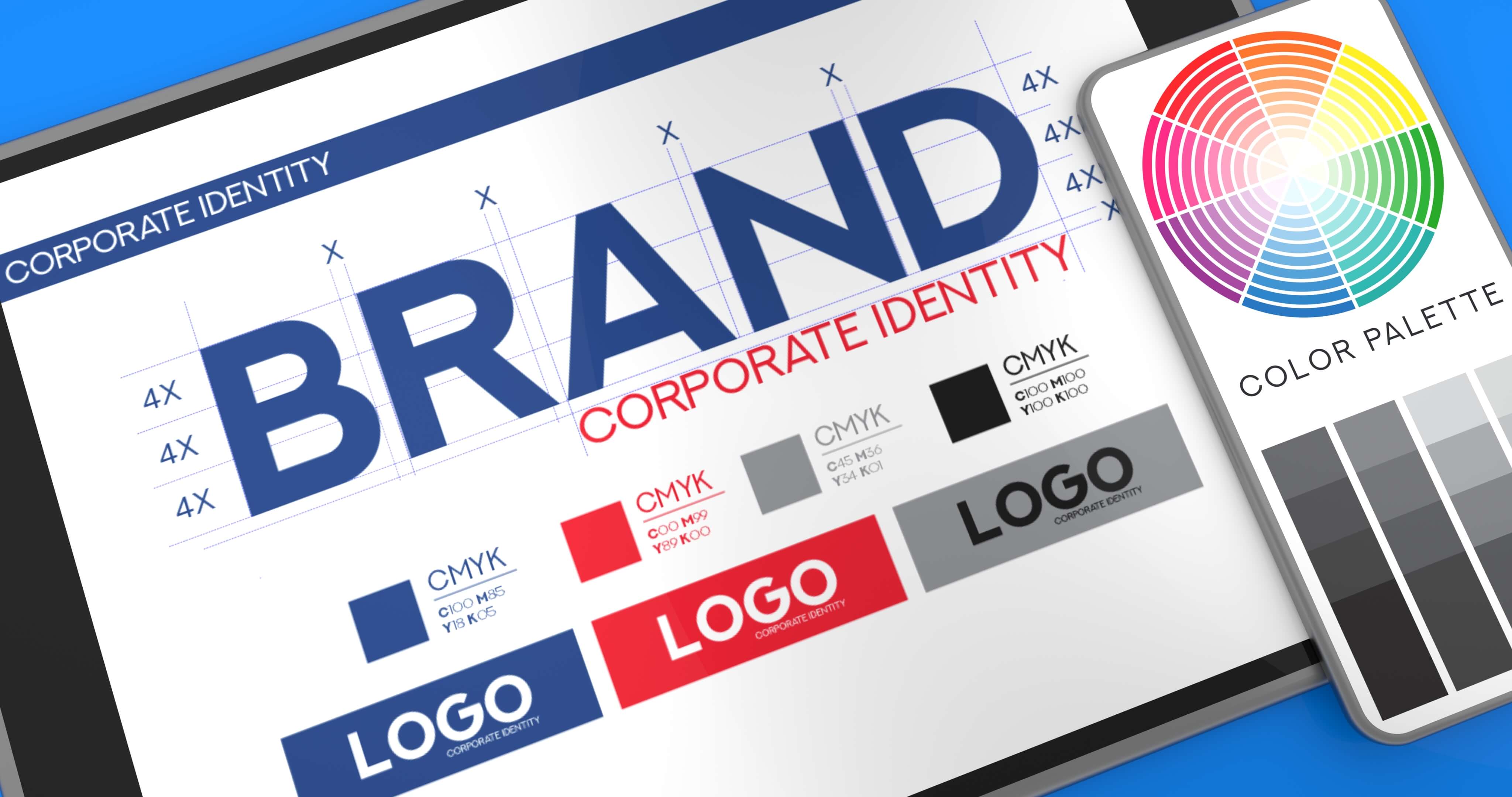As an individual in a position of management or
ownership within a business, cultivating strong leadership qualities is crucial. To develop a healthy and effective leadership style, it is important to consider several key factors and tips. By doing so, you can inspire and
motivate your team while also achieving your goals and objectives as a business.
Learn the Art of Delegation
It is especially difficult for
small business owners to
delegate because they are used to doing everything for their business, and because of that, they get it done better, faster, and cheaper. While it’s important to be part of the ‘nitty-gritty’ during the start-up phase because that allows for nimble evolution in response to problems as the business grows. Delegation becomes
paramount. Leaders that try to have their fingers in every little pie are perceived by their staff as ‘overbearing micro-managers with little faith in the team’s abilities’. It might be true that only very little
faith is deserved until a staffer proves themselves, but good leaders don’t let them feel that way, or they risk the loyalty bond that is so essential to the staff-leader relationship.

Look for Opportunities to Inspire
Criticism deflates, and
inspiration empowers. I once learned a parenting technique that encouraged offering children three accolades for every criticism. In this way, parents can build a child’s esteem as well as their desire to improve upon poor performance because they embrace and adopt their parent’s
expectations. Leaders that point out everything that is wrong with someone’s work product, rather than providing a big-picture blueprint for the vision will fail to create an environment where people can be honest about their inevitable low points and garner support from the team in an effort to improve. If the whole team is generating work that does not align with the leader’s vision, then the
leader has failed to properly inspire the team. When a team is properly inspired, they will go to the ends of the earth to carry out the vision, and they will adopt it as their own, and ensure that it is executed flawlessly.

Problem Solve
Attack the process, not the person. Finding
problems is part of solving problems, but some leaders make the mistake of approaching them from the wrong angle. If a leader finds a problem and presents it to the team seeking to ferret out
who is to blame, they have a
defensive team that is deflecting and likely to be dishonest about their part in causing the problem. If a leader instead
finds a problem and presents it to the team as an area that needs improvement because….fill in the blank….and walks with the team through the current process to find where it can be tightened up, now they have a team that is collaborating to improve and willing to admit that their area could use support or a change in the process.

Learn from Feedback
Even your most awful client or horrible experience can teach you something. Always be
teachable and always be willing to learn and evolve. If it’s not working, change it. If that’s not working, change it again, don’t be stuck on any one idea just because it was your idea. It’s better to be successful and happy than to be right.
Share your challenges as well as your successes with others so they know that success is not about being perfect. It’s about being teachable, curious, and determined.
 About Complete Controller® – America’s Bookkeeping Experts
About Complete Controller® – America’s Bookkeeping Experts Complete Controller is the Nation’s Leader in virtual bookkeeping, providing service to businesses and households alike. Utilizing Complete Controller’s technology, clients gain access to a cloud platform where their QuickBooks™️ file, critical financial documents, and back-office tools are hosted in an efficient SSO environment. Complete Controller’s team of certified US-based accounting professionals provide bookkeeping, record storage, performance reporting, and controller services including training, cash-flow management, budgeting and forecasting, process and controls advisement, and bill-pay. With flat-rate service plans, Complete Controller is the most cost-effective expert accounting solution for business, family-office, trusts, and households of any size or complexity.

 About Complete Controller® – America’s Bookkeeping Experts Complete Controller is the Nation’s Leader in virtual bookkeeping, providing service to businesses and households. Utilizing Complete Controller’s technology, clients gain access to a cloud-hosted desktop where their entire team and tax accountant may access the QuickBooks™️ file, critical financial documents, and back-office tools in an efficient and secure environment. Complete Controller’s team of certified US-based accounting professionals provide bookkeeping, record storage, performance reporting, and controller services including training, cash-flow management, budgeting and forecasting, process and controls advisement, and bill-pay. With flat-rate service plans, Complete Controller is the most cost-effective expert accounting solution for business, family-office, trusts, and households of any size or complexity.
About Complete Controller® – America’s Bookkeeping Experts Complete Controller is the Nation’s Leader in virtual bookkeeping, providing service to businesses and households. Utilizing Complete Controller’s technology, clients gain access to a cloud-hosted desktop where their entire team and tax accountant may access the QuickBooks™️ file, critical financial documents, and back-office tools in an efficient and secure environment. Complete Controller’s team of certified US-based accounting professionals provide bookkeeping, record storage, performance reporting, and controller services including training, cash-flow management, budgeting and forecasting, process and controls advisement, and bill-pay. With flat-rate service plans, Complete Controller is the most cost-effective expert accounting solution for business, family-office, trusts, and households of any size or complexity.

















